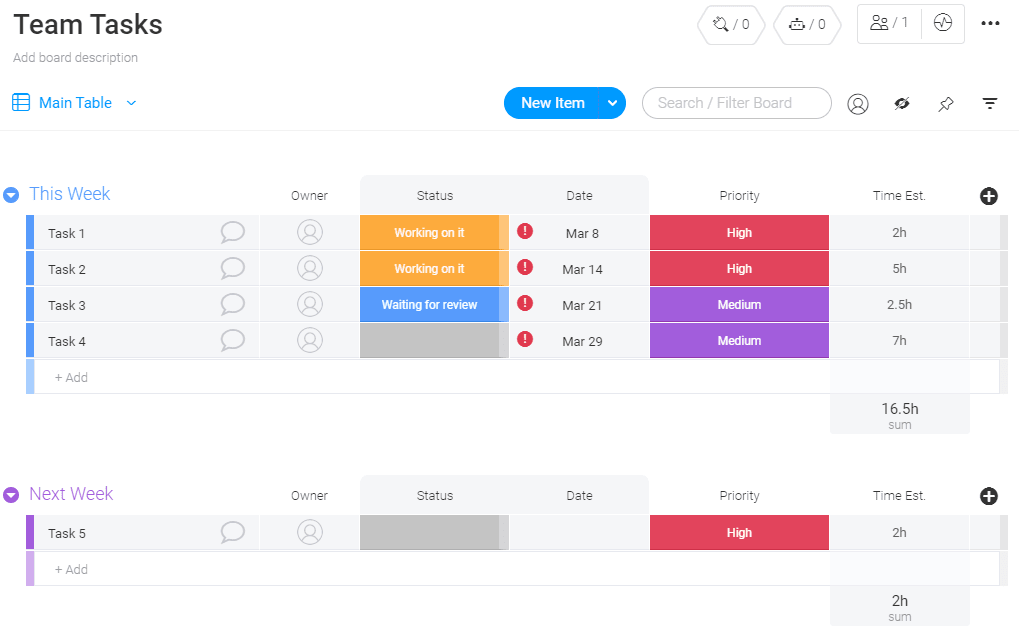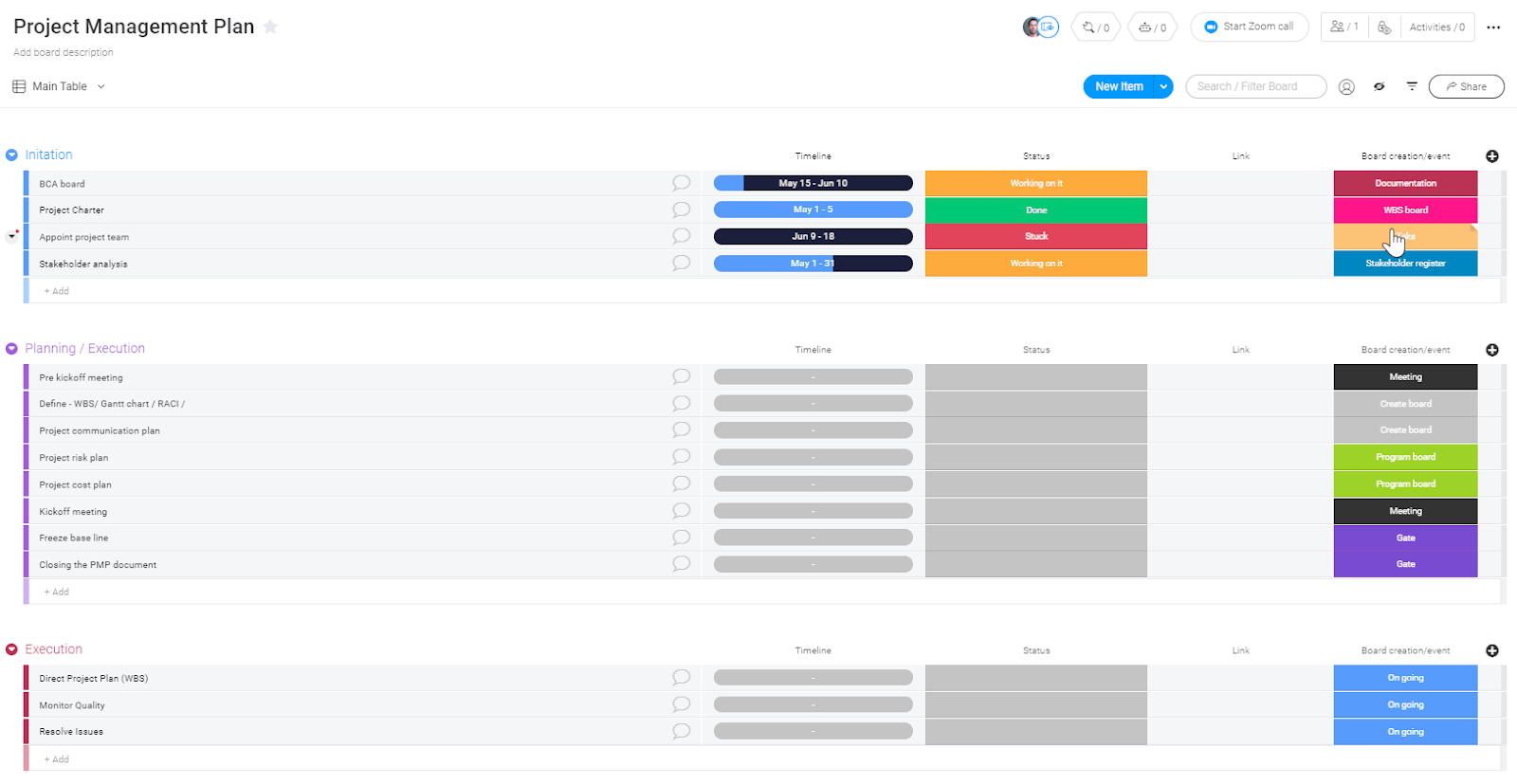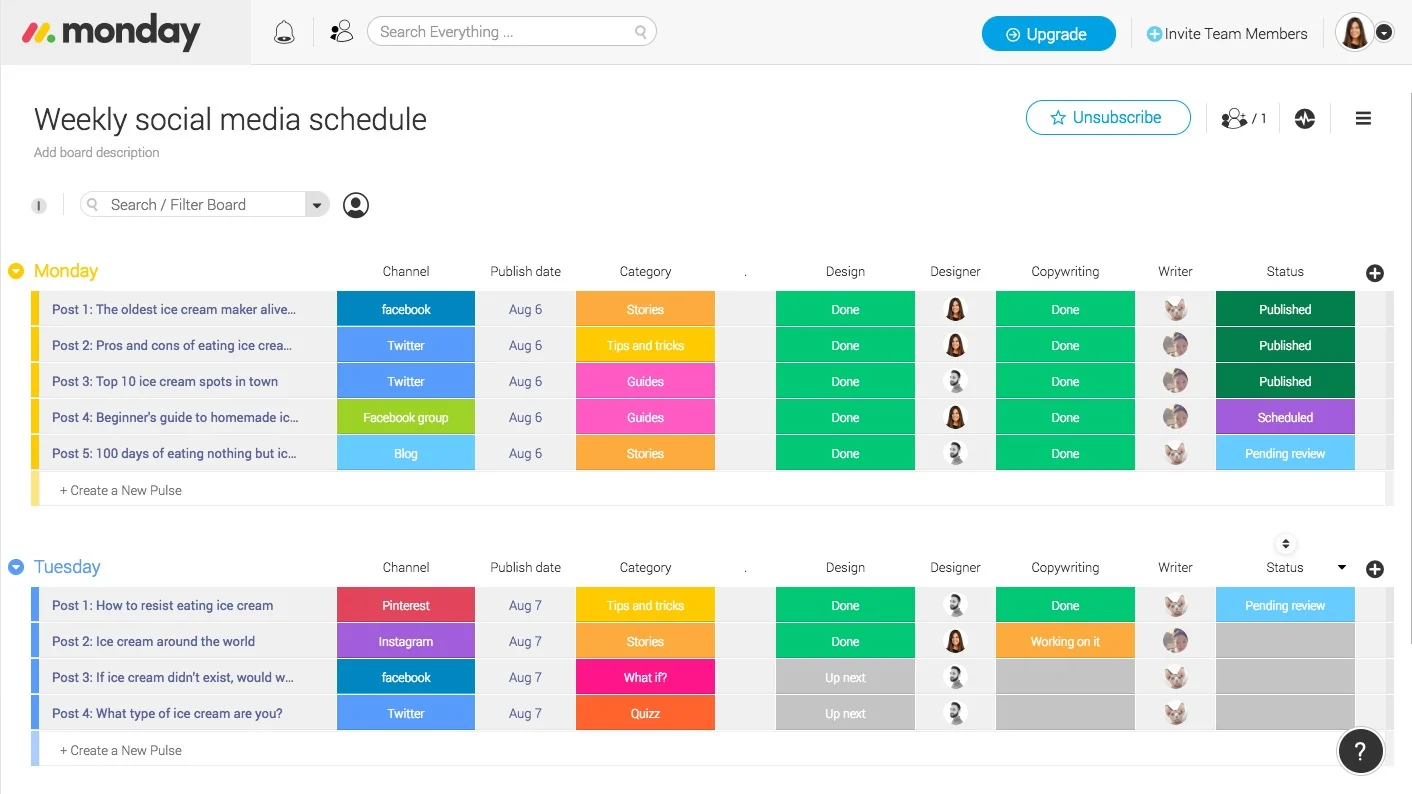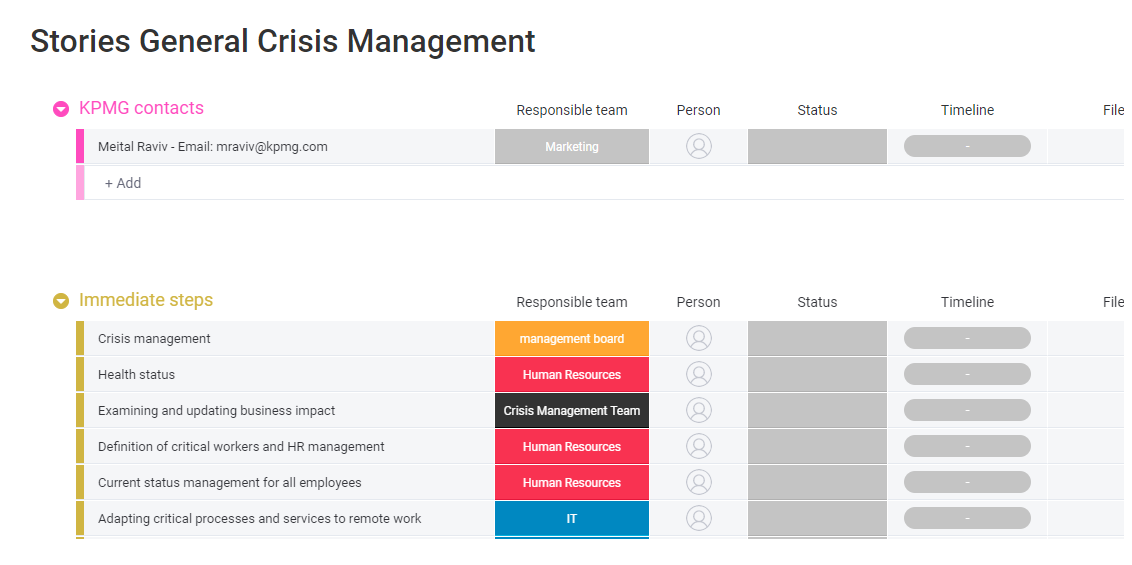Cyberpunk 2077.
If you are connected to the gaming industry in any way, shape, or form, you will know all the details of this … crisis.
If not, here is a short recap (longer story can be found here):
Cyberpunk 2077 is an “action role-playing video game developed by CD Projekt Red.” Thanks to some social media savvy and celebrity/influencer (Keanu Reeves), the pre-release buzz generated was phenomenal.
After much hype, it was released to the public in December 2020.
And then … bugs. Performance issues. The publisher, CD Projekt, was sued for various class-action lawsuits and ultimately settled (and cleared) with a USD 1.85 million payout.
The developer, CD Projekt Red, saw its stock prices plunge.
The very definition of crisis that played out before our eyes.
While not every crisis can be predicted and prevented, a crisis management plan can help tremendously mitigate the risk and, ultimately, save a company from going out of business.
This article discusses creating a crisis management plan so you can act fast when that crisis occurs, do damage control, and ensure your organization survives.
How do you write a crisis management plan?
There is no “one-size-fits-all crisis.
Every crisis is unique. And most are hard to predict. But when it happens, you know it.
A “crisis” is any single event that could spell significant long-term harm to your business.
Examples include:
- A natural disaster takes a data center offline, leaving customers without service for days.
- A data breach leaks users’ personal information.
- A top employee is credibly accused of sexual harassment, creating a PR crisis.
- A financial crash leaves you unable to cover your monthly costs.
- A global pandemic happens.
There are as many possible crises as there are types of business risk. It’s impossible to prevent all of them.
But you can control how you react to them.
At a minimum, any crisis management plan needs 3 components:
- Risk assessment. A risk analysis determines what types of crises your business will likely face. When you predict a crisis, figure out its activation protocol — the specific conditions that will tell you the crisis is officially happening.
- Crisis management protocol. This is the chain of events that will unfold during the crisis. Who holds authority in a time of crisis? Who is responsible for what tasks? How should the crisis response be communicated to an outside stakeholder?
- Post-crisis review. Review your crisis management plan each time you get past a crisis. What elements of the crisis plan worked? What could you have done better?
Having a plan before, during, and after each crisis is critical.
It’s unrealistic to develop a unique crisis management plan for all the possible crisis scenarios. Instead, build a highly adaptable plan — one the entire team can execute flawlessly.
In a real-life crisis, the biggest danger is that people without training will try to help, increasing the number of victims.
The same happens in business situations. For example, a corporate VP going off-script in a TV interview negatively impacts the stock price.
A well-crafted, well-rehearsed crisis management plan lessens the chance of this happening. And monday.com can help.
Our team knows how important it is to communicate clearly. Any plan — but especially a crisis management plan — is only as good as its ability to get buy-in.
With visually pleasing templates, a clear UI, and easy collaboration, monday.com can help onboard your team to a crisis management plan in no time.
What are the 4 essential elements of crisis management?
A good crisis management plan requires::
- A solid clearly identified crisis management team
- Knowing exactly when a crisis is happening
- Understanding the proper procedures to follow when the crisis starts
- The ability to properly control (or at least influence) the narrative
Let’s look at each of these 4 in more detail.
1. Define the crisis management team
Scenario: You’re walking down the street and suddenly see a driver hit a cyclist.
The cyclist lands on the pavement, clearly injured. A crowd gathers immediately. You know a bit of first aid, but with your hands full helping the victim, you can’t get out your phone to call 911.
If you shout “Someone call 911!” what will happen? Probably a lot of nothing.
In a crisis situation, people without direction tend to scramble. They want to help, but they’re uncertain. They don’t want to jam the lines by calling 911 at the same time as everyone else, which would prevent them from doing something more useful.
Instead, you identify someone specifically and direct them to call 911. You continue by selecting individuals to manage other key tasks.
Crisis management in a corporate setting is not all that different. An effective plan requires everyone to know their roles.
This is where monday.com comes in, specifically, our team task management template:

Here’s how it works:
- Using this table, divide the team into pre-crisis, during the crisis, and post-crisis responsibilities.
- Pre-crisis: Decide whose job it is to analyze risks continually and who can give the order to activate the crisis management plan.
- During the crisis: Define who will talk to the media, who will handle technical, financial, and other types of problems, and who will monitor ongoing crisis conditions.
- Post-crisis: Name a person responsible for assessing how well the management plan worked.
But when is a crisis … a crisis?
2. Figure out when a crisis is happening.
If you’re conducting risk analysis regularly (note: you should be), potential threats will become more apparent.
Jump on them all? You’ll be in perpetual crisis mode — no way to run a successful business!
Let’s face it: All companies encounter setbacks. Whether a setback reaches the level of a crisis is up to your crisis management plan.
One of the most important — and often overlooked — aspects of a crisis management plan is a set of conditions that determine when the plan should be implemented.
Note: A common approach is quantifying a crisis’s potential financial losses. The higher the possible loss, the more likely the plan will be activated.
The monday.com program risk register template can be invaluable for this stage. By organizing all potential risks, you can make everyone aware of the conditions under which they’ll reach the level of a crisis.
3. Define your procedures
In the “During-crisis” phase, two things are critical:
- Clear steps for everyone to take, and
- A life cycle that determines the current urgency level.
The life cycle is essential because procedures won’t be the same during each crisis phase. If it’s new and uncontrolled, you’ll need different steps than when things are actively managed.
Here are some of the most common processes in effective crisis management plans:
- A Command Center. Designate a person, team, or place through which all decisions related to the crisis must pass.
- Emergency resources. Plan to divert resources from less-critical parts of your organization in a crisis. An emergency response plan requires people, money, and equipment — figure out beforehand where those can come from.
- An internal update strategy. Determine how to best keep everybody informed within the company. You don’t want your team members relying on the local (or national!) news for their information.
- Action plans with timeframes. In many ways, crisis management planning is like sprint planning: everyone on the team has goals and timeframes to complete them. The most significant difference is that crisis management plans have even less room for delays.
We recommend the monday.com project management plan template to keep all these processes organized.

Customize this template to hold all your crisis management steps in one easy-to-read place. It’s like a digital version of a crisis command center.
4. Control the narrative
When your business faces a crisis, what you say (and what you do NOT say) can be even more important than what you do.
As a company in the public eye, negative perceptions of your brand can move even faster than the crisis itself.
Make a crisis communication plan for press releases, interviews, and social media, so that public opinion doesn’t turn into a second crisis.
Start by designating a spokesperson. They’ll be in charge of all external crisis communication.
Next, decide who will be fully “in the know” about the crisis. Alert the media before they get wind of events through accidental leaks.
By breaking the story yourself, you can determine how it’s reported for the rest of the news cycle. Make sure that nobody ever learns about the issue without also knowing your solution to that problem.
Wrong: “ACME corporation shipped 10,000 defective widgets last week.”
Right: “ACME corporation is recalling 10,000 widgets and offering full refunds.”
Plan for every channel. News travels fastest on social media, so release the story there first. Move on to news websites, then traditional channels like TV and print.
The monday.com social media plan template is the perfect way to get your message organized.

Repeat the same procedures for every new development in the story.
Remember: the main ingredient is consistency. You need to be on message with every single external crisis communication during the crisis period.
If there’s any discrepancy, the media will seize on it. That’s why organizing your crisis communication plan with a monday.com template is so vital.
What is a sample crisis management plan?
There is no shortage of free example crisis management plans on the Internet. A quick search will reveal thousands.
Pro Tip: We don’t recommend using them.
You need a crisis management plan that will be easy to set up and implement — one that will actually work for you and your team.
Investing in the monday.com templates is making an investment in your company’s security. Check out monday.com for your sample crisis management plan today.

Take control with monday.com
Remember: A crisis management plan is a series of procedures that activate when certain crisis conditions are reached.
Some procedures, such as risk management and crisis drills, should be implemented regularly even when no crisis is imminent. Others, such as appointing a spokesperson and reallocating resources, should only happen when a crisis has begun.
A business continuity plan must include clear responsibilities for each team member, and it has to be communicated internally to get everybody on board.
When you make your plan using monday.com, the same intuitive platform lets you build your crisis response and share it with your whole organization. Explore our templates now to find the right ones for your crisis management plan.

